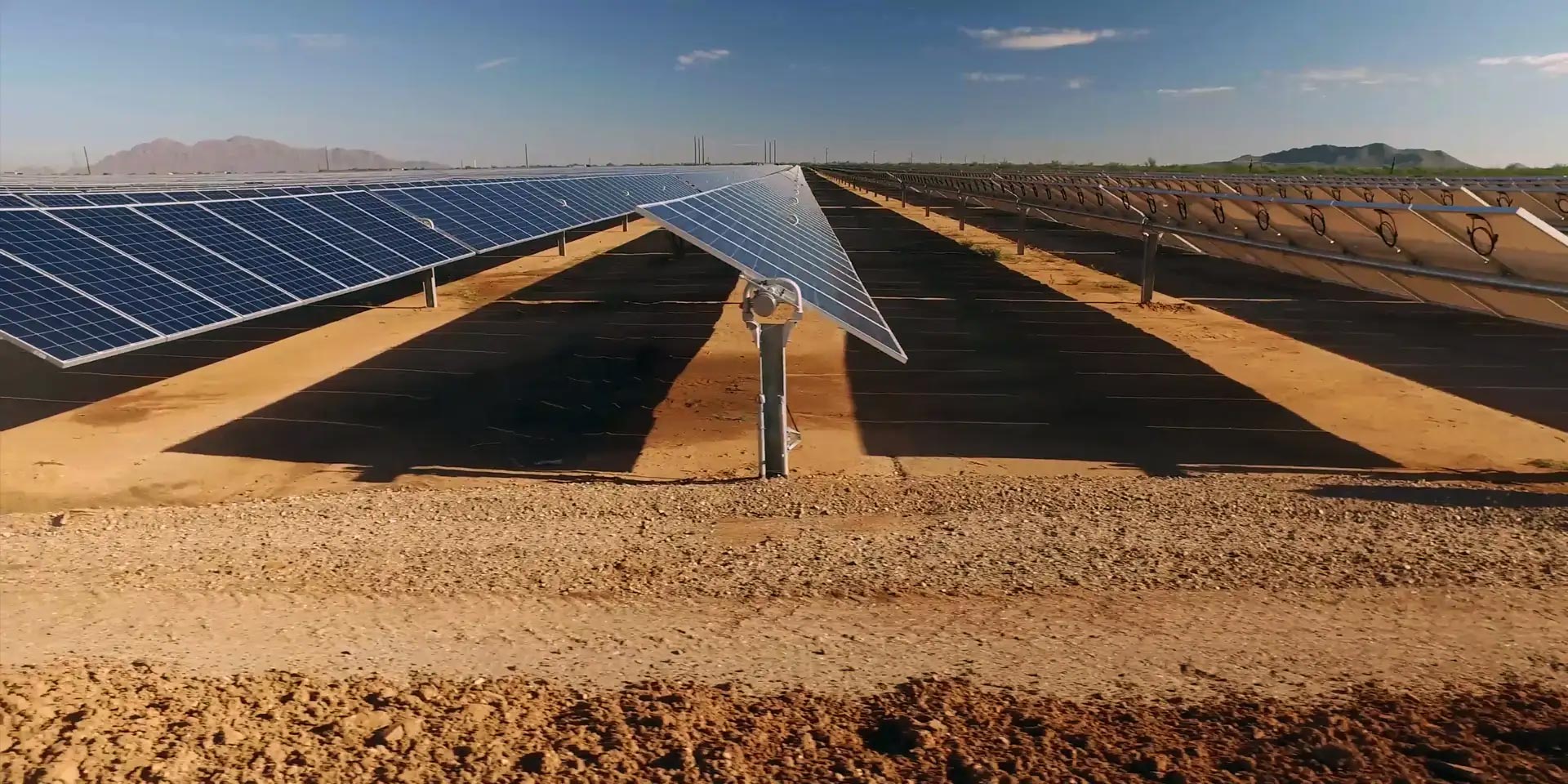AGL | CEF NEWSLETTER | China | CHINA MONTHLY ENERGY UPDATE | Coal/electricity/electrification | Critical minerals | CRITICAL MINERALS SERIES 2022-23 | Decarbonisation | Energy Crisis | Finance Sector & Emissions | Green Iron | Hydrogen | India & Adani | Nuclear | Podcasts | Solar | Submissions | Taxes & subsidies | US IRA/ NZIA et al |
MONTHLY CHINA ENERGY UPDATE | February 2025
China hit new record of solar and wind power capacity additions in 2024 Read more
OP ED | Foreign investors need clarity on the rules for inbound investment into Australia
Australia’s FMIA can unlock >$500bn of new investment in Australia across energy infrastructure (grid T&D), solar, wind, PHS, BESS and V2G charging) and value-added our key mining exports (e.g. green iron, rare earths & lithium hydroxide refining), as well as providing zero emissions lower cost domestic clean energy to power our downstream industries, like Rio Tinto’s public-private multibillion dollar investment proposals to pivot to green aluminium value-add across Australasia. Read more
OP ED | The gas export industry continues to cry wolf about always looming shortages, but this isn’t supported by the facts
The Australian Energy Market Operator (AEMO)’s recent 4QCY2024 Quarterly Energy Dynamics (QED) report gives some much needed context. AEMO highlighted 84% of East Australian gas production is exported. This highlights that, not withstanding a tripling of gas production over the last decade, there is a totally contrived domestic market shortage, designed to keep East Australian industry & consumers paying export price parity and beyond for this public Australian asset now captured and being exploited by multinationals, mostly corporate tax free. Read more
PRESENTATION to ACCR & Swedish Investors | Decarbonising Global Steel Supply Chains
Australia represents both a significant economic challenge and a major strategic opportunity, provided we can address critical obstacles in technology, pricing signals, and value-added solutions. Meanwhile, China’s leadership in global cleantech has yet to fully materialize within the steel sector. Read more
SUBMISSION | Senate Inquiry into Hydrogen and Critical Minerals Production Tax Credits in the Future Made in Australia Legislation
CEF’s submission to Senate Economics Legislation Committee Inquiry into The Future Made in Australia (Production Tax Credits and Other Measures) Bill 2024 [Provisions]. The submission was written by CEF’s Matt Pollard. CEF has published the submission following the public release by the Senate on 13 January 2025. Read more
OP ED | MYEFO: nothingburger on green iron, Australia’s #1 economic opportunity, but some bright spots on renewables
On 18 December 2024, Treasurer Jim Chalmers and Finance Minister Kety Gallagher released the Albanese Government’s 2024-25 Mid-Year Economic and Fiscal Outlook (MYEFO). This comes after the 2024-25 budget, released in May, announced $21bn in new funding initiatives under the landmark Future Made in Australia (FMIA) framework. Read more
REPORT | Australia is seeing an Acceleration in our Electricity Sector Transition, putting our 82% Renewables by 2030 Target in reach
Our new report finds that new investment and policy support is key, as is accelerated planning evaluation and approvals if Australia is to reach its target of 82% renewables by 2030 and an acceleration in the last 6 months now means if the current rate of progress is maintained the target is achievable. Read more
PRESENTATIONS | Tim Buckley presents to the SIMPAC annual conference
Tim Buckley takes a macro look at the global geopolitical energy landscape Read more
PRESENTATION | Tim Buckley’s presentation to South32
Tim Buckley presents to South32 on energy system transformation including China’s incredible leadership. Read more
PRESENTATION | Climate Tech Connect
Tim Buckley presents on The Energy Transformation: Looking towards 2025 Read more
PRESENTATION | Tim Buckley presents to the Australia Hydrogen Council
Presentation on reconstructing global iron and steel supply chains Read more

